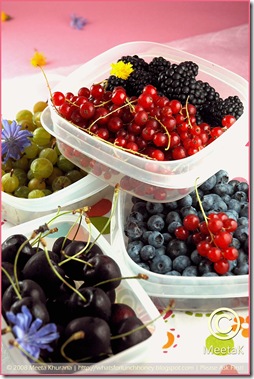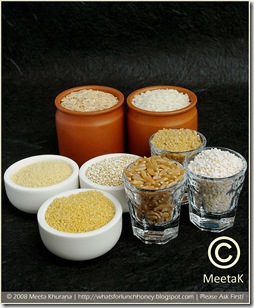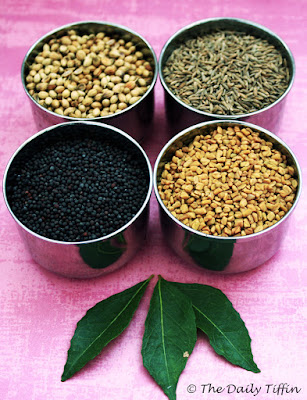
As more and more people are turning towards vegetarianism, we need to pay special attention to the children in our lives. Vegetarianism is becoming more popular as many have come to realize the health benefits behind a vegetarian diet.
Many parents may wonder if kids can safely pursue a vegetarian diet and still get all the nutrients required for growing up healthy and strong. At first the idea of avoiding meat may sound like a bad idea, after all it offers the much required protein growing kids require. However, most dietary and medical experts will agree that a well-planned vegetarian diet can actually be a very healthy way to eat.
To set the record straight here, I am not a vegetarian and neither is my family. However, the last 12 months has seen us completely change our weekly meal plan to incorporate more vegetarian meals. Putting it into numbers, I would say 75-80% of our weekly meals are vegetarian. I do not need a study to show me the advantages or disadvantages of eating vegetarian. I see the effects in person.
My husband says he feels better – more energy and simply “lighter”. I see exuberance in 6 year old son’s face and his high spirits are all signs that show me, the slight change in our diet is working for the positive. Personally, I have lost a bit of weight and I feel my skin glowing and energized throughout the day.
Special care must be taken when feeding kids a vegetarian diet. If you have chosen to also omit dairy and egg products, as with any diet, you'll need to make sure that your child is getting enough of all the necessary nutrients. Furthermore, you will have to take some time and understand the nutritional needs of children because as they grow their requirements change.
To get you started you will find the introduction to vegetarianism very helpful.
If, like us, you have decided as a family to incorporate more vegetarian meals into your diet to enjoy a healthier lifestyle, you will be surprised at the variety and creativity vegetarian meals will bring.
Important, especially for children, is that the meals need to be nutritious. Children should be offered a variety of foods, which provide enough calories and nutrients to enable them to grow normally. Many pediatric experts are of the opinion that a lacto-ovo vegetarian diet is a healthy choice for most children.
I was always very particular about my fruit and vegetables and have paid special attention that my son gets his 5+ servings of fruit and vegetables a day. A few great tips to get you started here.
The place I started was making sure I added at least two portions of fruit and one portion of vegetables to his lunch box. You’ll find several creative and very scrumptious ideas here. Making the food look colorful and fun will always appeal to your child and soon you’ll be seeing empty lunch boxes. 
The next step for me was integrating more grains, cereals and nuts. I found myself becoming creative with ingredients like bulgur, couscous, quinoa, amaranth and co. Light stir-fries or steamed vegetables and fresh salads incorporated with some bulgur or couscous were the way we began to enjoy our dinners. I’ve always made my own granola, but here too I experimented with cereals like spelt flakes and popped amaranth, adding amounts of chopped nuts and a mixture of dried and fresh fruit.
Here are a few great ideas for you to try out:
Next I needed to tackle the protein and being an Indian I know the best place to get them is in legumes. Before you start giving me excuses that your child will not eat lentils or beans take a look at these great ideas and then tell me your child will not eat beans and lentils!
It has always been very important to me as a mum not to raise a picky eater. Soeren and I have a pact – if he eats his 5+ portions a day he can have one sweet or dessert. To help him see this visually we made our own fruit and vegetables chart. With the help of this list and the nutrient information here, we printed a daily chart. For every fruit or vegetable he ate he got to color a box in. If 5 boxes were colored, he got to choose his sweet or dessert for the day. This was a huge motivation for him in the beginning. What’s more having the list in front of me I could see where I could improve myself and offer more variety.
At first I kept the food simple. There was nothing too fancy or extravagant that might be refused. I substituted rice and pasta for bulgur or quinoa, mixed lentils in with pasta sauces, left out the salami on pizzas and added spinach and feta cheese instead. Slowly discovering if his tastebuds would warm up to the new meal plan. I often use pasta made with spelt or buckwheat flour, which we found nuttier in flavor. Once it was clear which foods he was enjoying I started to be more creative and experimented more.
I do allow snacking! As vegetarian diets are high in fibre and low in calories, a child's stomach will become full quite quickly without having had the chance of taking in the required amount of calories needed to meet their energy level. But we snack cleverly with nuts, dried fruit or bread sticks. Soeren eats 5 smaller meals a day, which keeps his energy level on a balance throughout the day.
I am not fighting any fat cells with my child. He is extremely energetic and very slim. The percentage of North American children who are overweight has reached the point where childhood obesity is now considered a major health problem. In Europe too many experts and nutritionalists are warning parents about the health and psychological issues childhood obesity carries with it. I am doing something about it early because I want my son to grow up being carefree and enjoying every aspect of his life.
Don't you?
Note: I am not a certified dietician, nutritionalist or a doctor. I am a mother of a 6 year old boy, who is full of energy and life. I have written this article purely based on my experience over the last six years of motherhood.
Are you interested in contributing to The Daily Tiffin? Drop us an email: thedailytiffin@gmail.com. We look forward to hearing your ideas.
This Post was written by Meeta from What's For Lunch, Honey?












